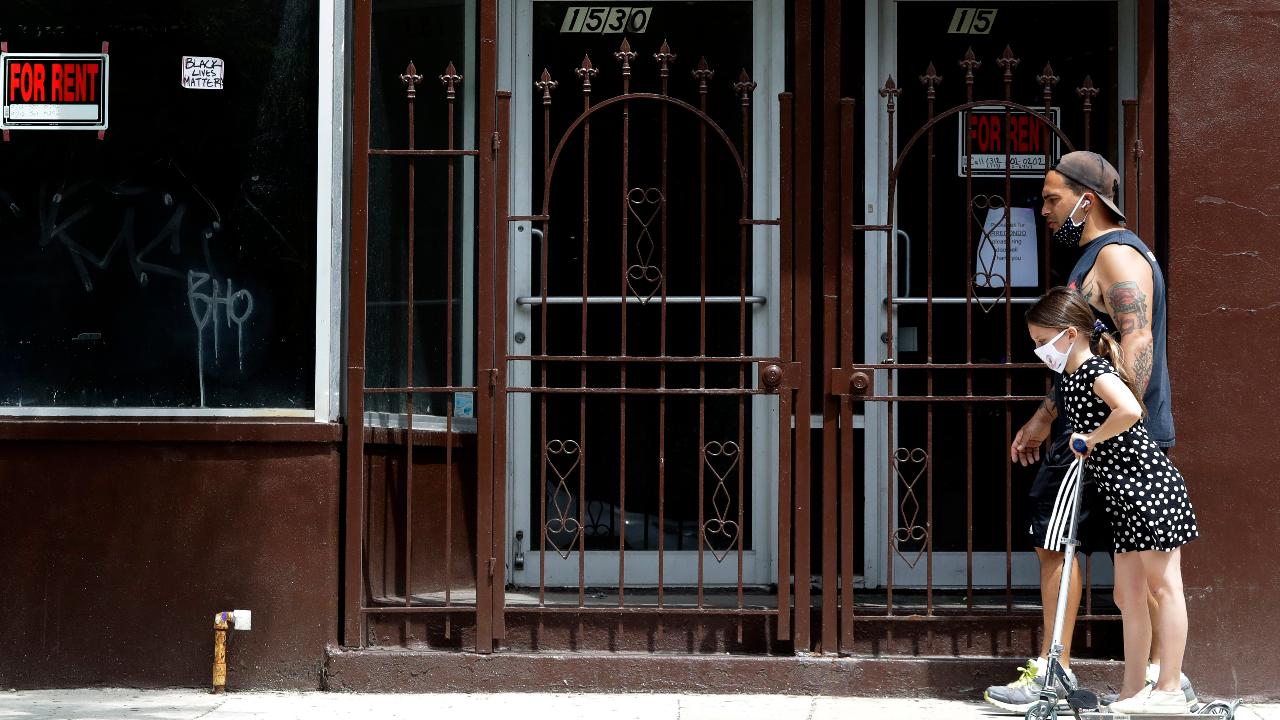What is the difference between unemployment and underemployment?
Underemployment is a more inclusive measurement of the labor market
The May jobs report was shocking.
Contrary to what the majority of economists expected, the Labor Department's monthly report showed that employers actually added 2.5 million jobs last month and the unemployment rate fell to 13.3 percent.
Still, the headline unemployment number is almost certainly off by a few percentage points.
MAY'S UNEMPLOYMENT REPORT WAS STUNNING - HERE'S WHAT HAPPENED AND WHY ECONOMISTS GOT IT WRONG
The Labor Department said in the report that real unemployment is likely 16.3 percent, due to a quirk in reporting. Basically, workers who were furloughed or who had their hours reduced to zero were reported as employed but not at work due to “other reasons.” If those individuals had been classified as unemployed on temporary layoff, the overall unemployment rate would be 3 percentage points higher, the agency said.
Plus, a more inclusive measure of what's called underemployment, which counts those not looking for work and individuals who are reduced to part-time hours for economic reasons, was at 21.2 percent in May.
CONGRESS HAS FUNNELED TRILLIONS TO CORONAVIRUS RELIEF. WHERE IS THAT MONEY GOING?
Unemployment classifies individuals who do not have a job and are not working at all. But underemployment is more comprehensive, counting individuals whose current job is inadequate. That would include, for instance, lower-paid jobs or not enough hours. Underemployed workers may work several jobs in order to make enough money.
Americans who lose their jobs are most likely able to collect state unemployment benefits.
Depending on where you live, you may be qualified to receive underemployment or work-share benefits.
WHITE HOUSE MULLS MORE VIRUS RELIEF: HERE'S WHAT IT COULD INCLUDE
There are 27 states that have work-share programs established, with 26 operational, according to the Department Labor: Arizona, Arkansas, California, Colorado, Connecticut, Florida, Iowa, Kansas, Maine, Maryland, Massachusetts, Michigan, Minnesota, Missouri, Nebraska, New Hampshire, New Jersey, New York, Ohio, Oregon, Pennsylvania, Rhode Island, Texas, Vermont, Washington and Wisconsin.
Under a shared-work program, also known as a short-time compensation program, employers can keep workers on their payroll in a limited, part-time capacity. Those employees would still be eligible to collect a portion of their regular state unemployment benefits on top of the extra $600-a-week sweetener established by Congress in the CARES Act through the end of July.
The programs benefit employers because they can adopt cost-saving measures while maintaining their workforces but also minimize the financial harm to workers.




















